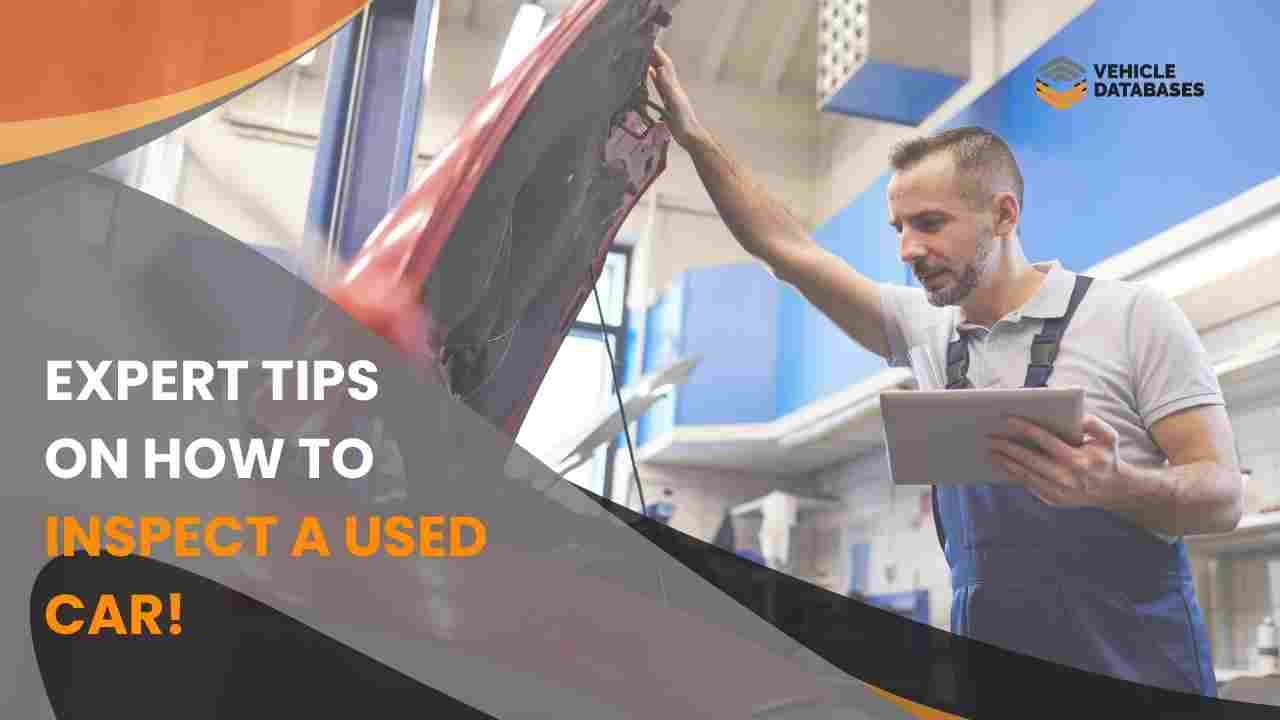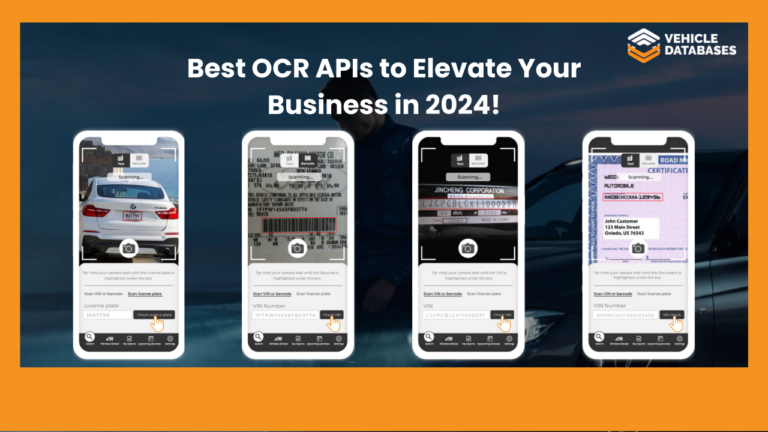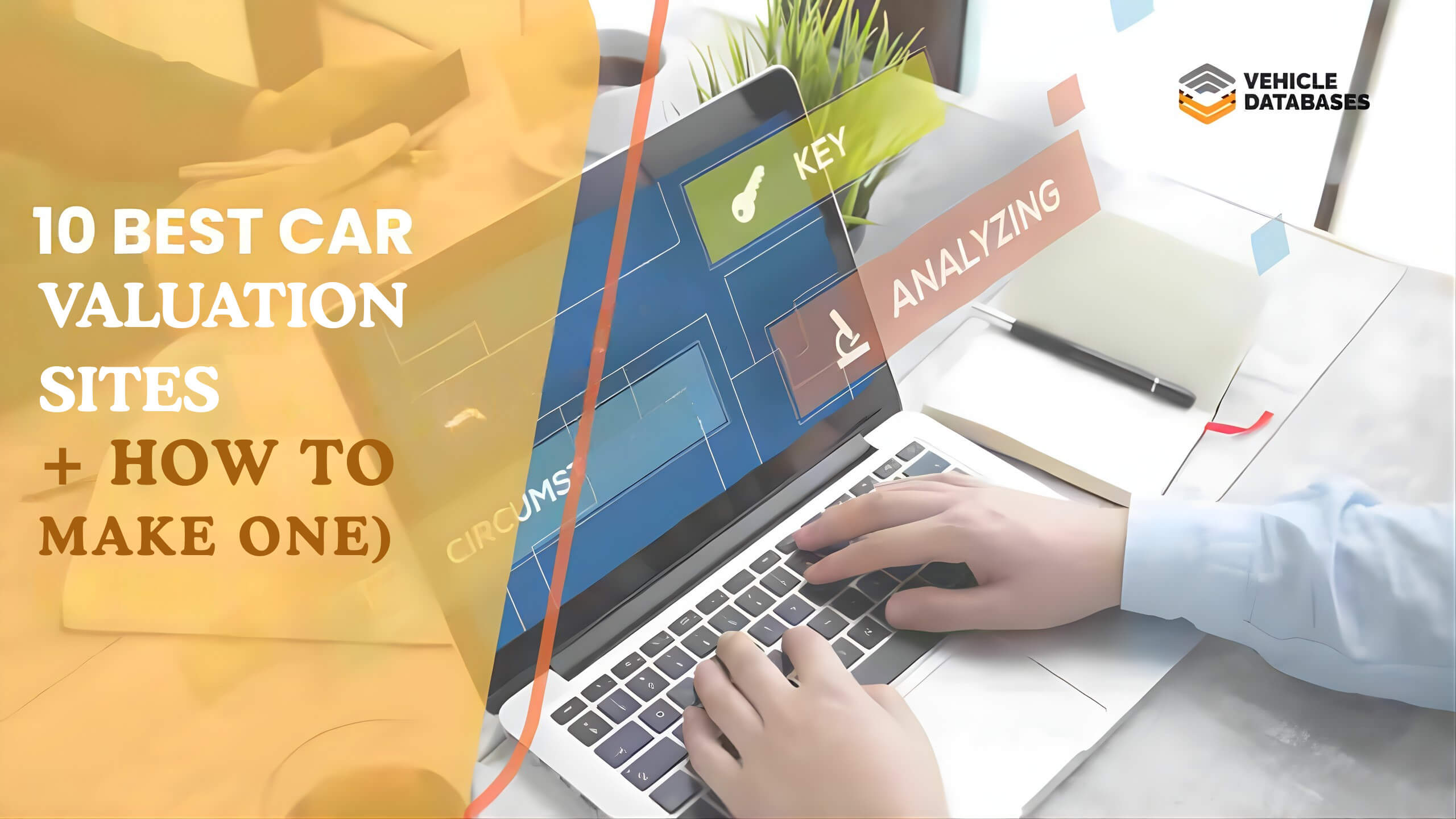Buying a used car can be cost-effective, yet overwhelming experience. Many used cars seem perfect at first glance but may have hidden issues that can end up costing thousands in repairs.
A thorough inspection can help you spot potential problems and avoid making a poor investment. This guide will cover what to check when buying a used car, how to get critical vehicle data, and how to use tools like a VIN decoder and VIN check tool to make the best choice.
RELATED: 20 Highly Profitable Automobile Business Ideas You Can Start
Ask the Right Questions
Before the physical inspection, ask the seller key questions about the car’s history and condition. The right questions can reveal important details that a quick inspection may miss.
- Mileage: Ask about the car’s mileage, which provides insight into wear and tear. High mileage isn’t necessarily a deal breaker, but it means you’ll need to pay closer attention to potential maintenance issues.
- Service Records: Regular serviced cars usually have fewer mechanical issues. Ask if they have records of routine maintenance like oil changes, tire rotations, and brake inspections.
- Modifications: Some owners may have modified their cars with aftermarket parts. These changes might affect the car’s performance or void warranties. Make sure any modifications are compatible with the car’s original design.
Questions for Private Sellers
Buying from a private seller can be a great way to save money, but it requires extra caution. Private sellers may not always disclose problems unless asked directly.
- Usage: Ask how the car was used—was it mainly for commuting, or did the owner use it for frequent road trips? Highway miles are often less damaging to a car than city miles, which can put more strain on brakes and suspension.
- Ownership Length: Knowing how long the owner has had the car can give you a sense of its stability. A quick turnover could indicate unresolved issues that led the current owner to sell it.
Private sellers often share personal stories about the car that can provide a sense of trustworthiness. However, make sure to verify any claims with data where possible.
RELATED: Car Manufacturing Cost Breakdown: How Much Does It Cost?
Get a Repair Estimate for Your Car
One of the best steps you can take is to have a repair shop give you a detailed estimate of any potential repairs. They can evaluate everything from the suspension to the exhaust system, pointing out any areas needing work soon.
Some shops even offer pre-purchase inspections covering every part of the car and giving you a written repair cost estimate. This step can save you from buying a car that will need expensive work right away.
A repair estimate can also help with negotiations. If a mechanic finds issues, you can use this information to ask the seller for a lower price, potentially saving you hundreds or even thousands.
Read the Window Sticker
A window sticker is essentially a car’s “birth certificate.” It provides important information about the car’s original specifications, including its fuel economy, safety features, and optional packages. When buying used, this info is crucial, as it tells you exactly what the car had when it left the factory.
If the car doesn’t have a window sticker, you can still get it online using a window sticker by VIN service offered by Detailed Vehicle History. All you need is the vehicle’s VIN, and you’ll get a digital copy that breaks down the car’s specifications and original features. This step can help you confirm that the car has all the options you’re looking for and hasn’t been misrepresented by the seller.
RELATED: How To Get a Window Sticker From a VIN Number?
Inspect the Vehicle Carefully
A thorough inspection of the car’s physical condition is essential. By checking every area, you can spot signs of wear, damage, or poor maintenance. Here’s how to break it down:
Exterior
Walk around the car and look at the body from different angles. Look for scratches, dents, and rust, especially along the lower body panels and wheel wells. Uneven gaps between panels can indicate past accidents or improper repairs. While you’re at it, check the tires. Uneven tire wear can signal alignment issues, which could indicate suspension problems.
Interior
Inspect the seats, upholstery, and dashboard. Make sure all electronic features work properly, including the air conditioning, audio system, and power windows. Look for signs of water damage, like stains or musty smells, which may indicate past flooding—a big red flag for electrical issues.
Under the Hood: Engine-Related Components
Open the hood and look closely at the engine and its surrounding parts. Check for any fluid leaks, which could indicate problems with gaskets, hoses, or seals. Examine the condition of belts and hoses, as these wear out over time.
If the oil looks thick and black or has a burnt smell, it may indicate that the engine hasn’t been well-maintained. Using a VIN Decoder API can verify if the engine and other parts are original, providing added confidence in the car’s history.
Under the Vehicle
Don’t skip the undercarriage. Rust and corrosion on the frame can be a serious issue, especially in regions with harsh winters or near the ocean. Look for any fluid leaks under the oil pan, transmission, or differential, as these can be costly to repair. While getting under the vehicle might seem tedious, it’s an essential step to avoid buying a car with structural or mechanical issues.
Get a Mechanic Inspection
While it’s important to do your own inspection, it’s always a good idea to have a professional mechanic inspect the car before making a purchase. They have specialized tools and experience that can help them spot issues an average buyer might miss. Many mechanics offer mobile inspection services, making it easy to schedule an inspection no matter where the car is located.
A professional mechanic can give you a detailed report on the car’s condition, covering aspects like engine compression, electrical systems, and drivetrain health. Spending a little on a pre-purchase inspection can save you from unexpected repairs or breakdowns after you buy.
Additional Tips for a Successful Purchase
- Test Drive Thoroughly: Don’t rush through the test drive. Pay attention to how the car feels on various roads, from smooth streets to bumpy surfaces. Notice how it handles turns, accelerates, and brakes. Strange sounds or rough handling can be signs of deeper issues.
- Check the Car’s Title: Ensure the car has a clean title, as a salvage or rebuilt title can indicate serious past damage. Services like the DMV and online VIN checks can confirm this information.
- Verify the Odometer Reading: Check that the mileage on the odometer matches the car’s service records. Discrepancies can indicate odometer fraud, where sellers reduce the mileage to make the car seem newer than it is.
Conclusion
Buying a used car can be a smart, cost-effective choice if you take the time to inspect it thoroughly. From asking the right questions to using VIN decoding tools, you have the power to make an informed purchase. Remember to bring in a mechanic for a final inspection, and don’t be afraid to walk away if something doesn’t feel right. By following these steps, you’ll increase your chances of finding a reliable, well-maintained vehicle that you’ll enjoy for years to come.



